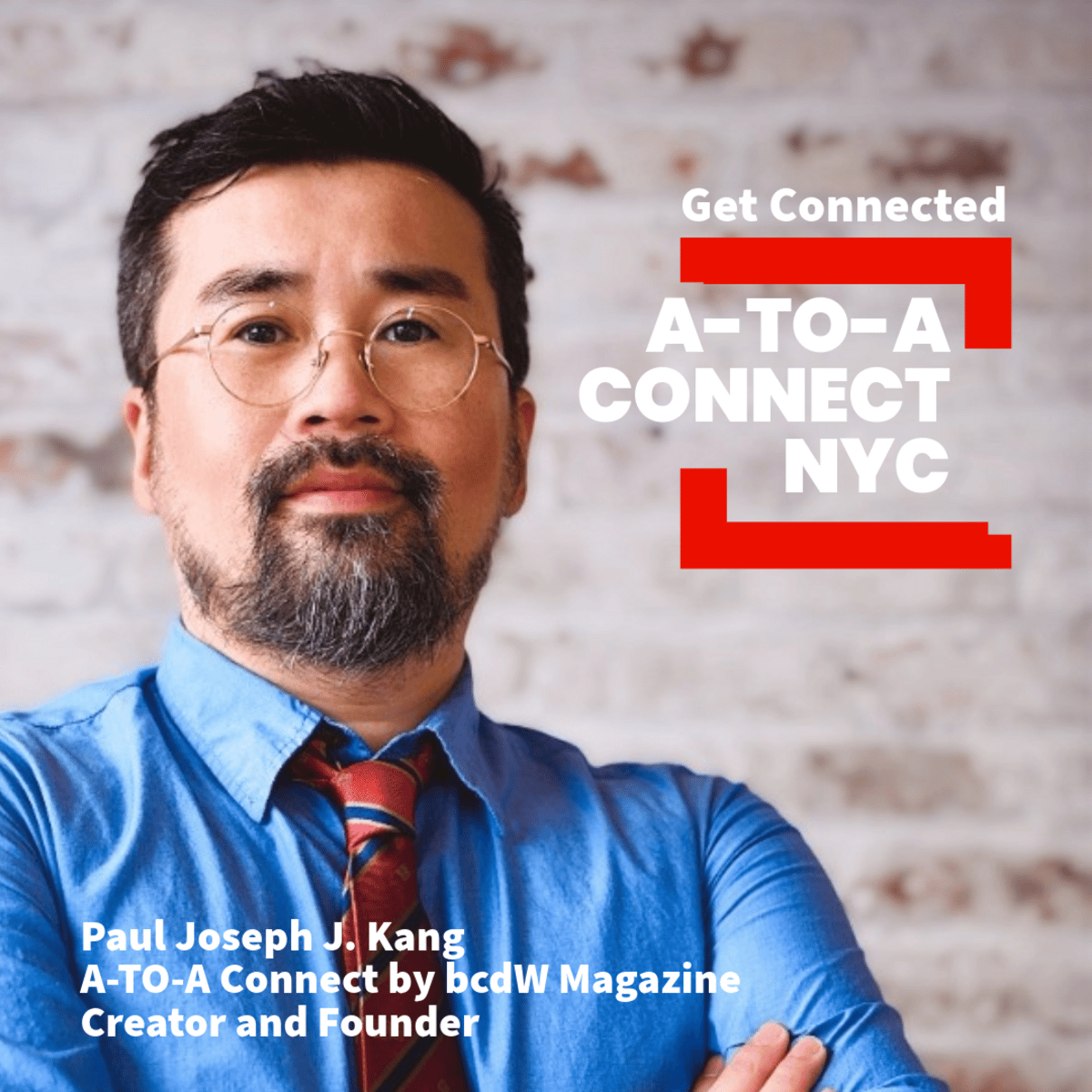What if the next BTS wasn't a boy band, but a world-class team of AI engineers? Through a conversation with Eric Kim, YC Vibe Coding hackathon participant in San Francisco and founder of One Degree Labs in Korea, we explore the potential of an AI talent industry that combines K-Pop idol training systems with elite sports development models.
A New Paradigm Discovered at Hackathons
The Vibe Coding hackathon was more than just a coding competition. Eric Kim witnessed a talent discovery process similar to the 'scouting' systems used in sports and entertainment industries.
"Hackathons showcase creativity, problem-solving skills, and teamwork in a compressed timeframe. It's similar to K-Pop auditions where they evaluate singing, dancing, and stage presence. AI engineers are tested on algorithmic thinking, design execution, and innovation speed."
This structure is fundamentally identical to K-Pop auditions that comprehensively evaluate singing, dancing, and stage presence. For AI engineers, algorithmic thinking, design execution capabilities, and innovation speed become the core evaluation criteria.
Applying K-Pop Training Systems to AI
The success of the K-Pop industry lies not just in discovering singers, but in its systematic approach to comprehensive training covering language, media, performance, and fan communication. Sports academies similarly provide step-by-step roadmaps from basics to professional entry. Applying this model to AI talent education, we can envision the following staged growth pathway.
The discovery stage identifies potential in 9-10 year olds. The foundation stage (10-12 years) focuses on coding, mathematics, and logical thinking. The specialization stage (13-15 years) involves deep learning in AI, data, and modeling, while the preparation stage (16-17 years) involves executing actual projects. Finally, at 18, they debut as completed AI professionals in the global market.
The economic potential of this approach is substantial. Top AI talent salaries range from $1.5 million to $20 million annually. This represents economic transformation beyond simple education. Just as Son Heung-min created an 'icon' through soccer and BTS through music, similar possibilities open up in the AI field.
Building a Global Talent Network
The multinational member composition of current K-Pop groups has become commonplace. Talent from around the world gathers based on solid training systems. The same approach is possible in AI. We can discover talented coders from Asia, Africa, Europe, and Latin America, train them through Korea's 'AI trainee' system, and have individuals of different nationalities and languages collaborate on global projects.
The AI field's characteristic focus on digital collaboration, with minimal physical constraints, is also advantageous. Hackathons can serve as 'audition stages,' with selected talent moving through integrated approaches covering long-term training, branding, and media exposure.
The K-Dash Agenda: From Export to Fusion
Paul Joseph J. Kang, editor-in-chief of BigC.Works magazine, directly experienced the challenges of the early entertainment industry as editor of Melon's music webzine. Based on this experience, as an advocate of the K-Dash agenda, he presents a vision beyond simple K-brand exports.
"K-Dash isn't about exporting K-brands alone. The key is becoming a catalyst for connection and fusion in various ways, creating opportunities for leap-forward growth and providing new opportunities for partners in other countries."

There's no need to view K-Dash solely from a Korean perspective. From American and global viewpoints, K-Pop's idol training system can be accepted as a proven model for AI-related industry talent development. K-Pop, K-dramas, K-beauty, K-food, and other industries with the 'K' prefix have already achieved global market success, building trust in Korea's systematic approach.
A K-AI talent development system could serve as a powerful catalyst among these K-industry groups. Particularly, the stories of star talent who succeed in AI will become seeds that drive broader popular activation. Just as BTS provided dreams and inspiration to young people worldwide through music, 'superstar engineers' in AI can create global impact through technology and innovation.
An Ecosystem Approach: Beyond Education to Job Creation
This model naturally connects with the A-to-A (Anywhere to America) concept. Young people can enter high-value careers early, while seniors gain opportunities for AI career transitions through retraining. Local economies can attract corporate investment through AI talent clusters, and global companies can execute cross-border projects.
Hackathons like Vibe Coding serve as talent verification platforms, and when combined with K-style training systems, can develop into self-sustaining industries with government and corporate sponsorship.
Model Protection and Sustainability
Once ideas are public, there's risk of immediate replication by large corporations or global educational institutions. Just as K-Pop controls IP, branding, and the entire process from training to debut, AI talent education needs the same defensive strategies.
Three core defensive elements exist: building exclusive training environments both physically and virtually, accumulating verified performance data including awards and hiring outcomes, and establishing brand power where being 'from our system' itself becomes status.
Integration with the K-Dash Agenda
K-Dash redefines 'K' not as limited to Korea, but as a global performance standard. AI talent development can become a representative category connecting culture, content, and commerce. When entertainment sensibility, sports training discipline, and AI education scalability combine, a new cultural export industry of human-centered AI talent emerges.
Hackathons are just the starting point. By connecting education, branding, and project ecosystems from there, we can create not just simple engineers, but icons that represent the era. These icons will simultaneously prove economic impact, global inspiration, and human-centered AI values. This isn't a distant future vision, but a next-generation industry we can start today.
This article originally appeared in BigC.Works Conversation Series, exploring innovative approaches to global talent development and cross-cultural business strategies.

